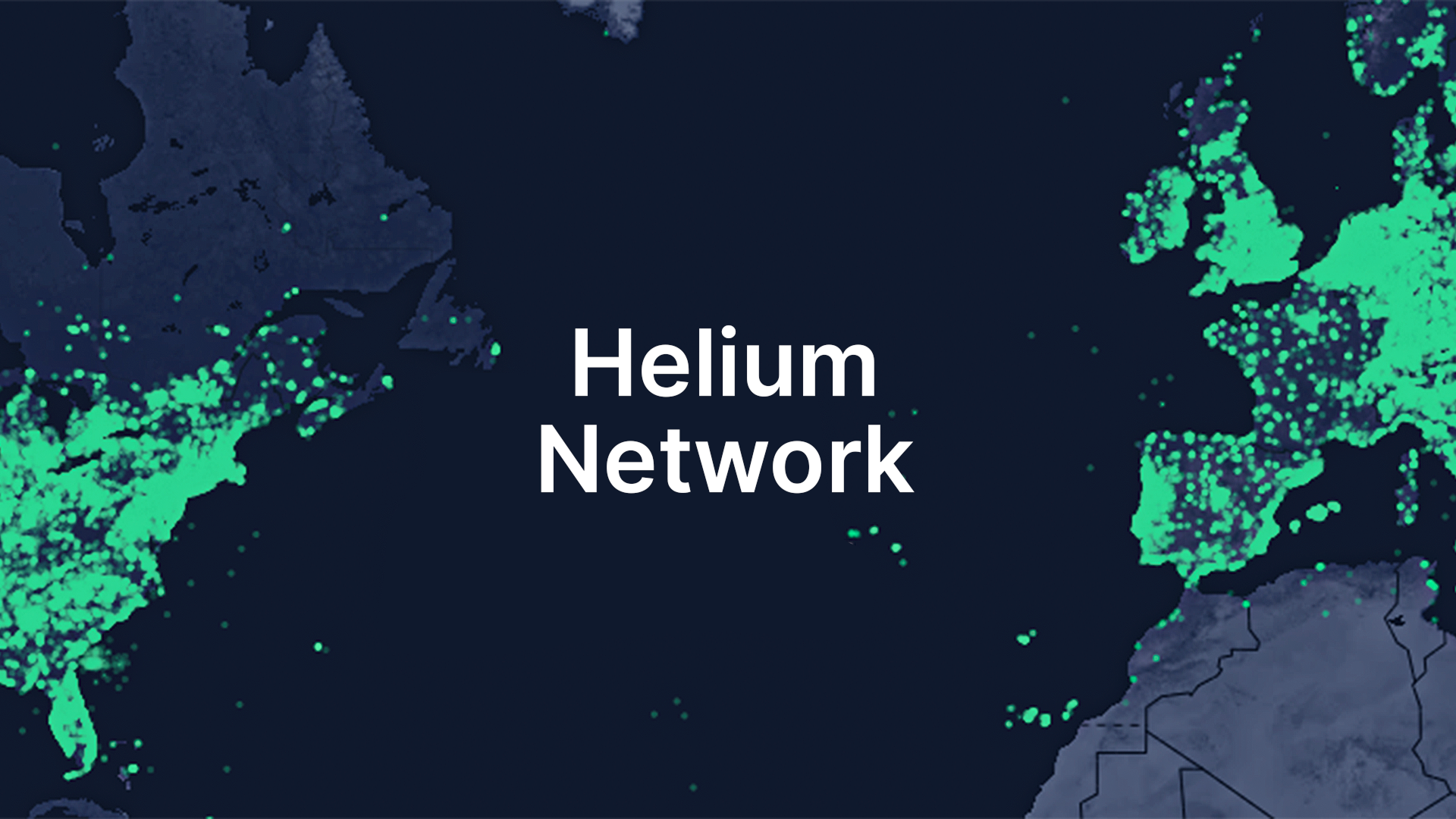Do you remember the wild days of the early internet—slow, clunky, and full of ambitious but awkward experiments? Perhaps you were too young. Irritating dial-ups and websites looked like neon nightmares with outer-space sounds.
Just like the internet had its fair share of technical headaches, questionable use cases, and rampant speculation, crypto apps have been going through a similar phase. But now, the training wheels are coming off.
According to Martechvibe, “Crypto and banking apps are on the rise, with a 41% year-on-year increase in the Asia-Pacific region alone.”
We’re now seeing a shift from complicated infrastructure to sleek, useful, consumer-focused crypto apps that actually make them more accessible for everyday users.
To get a clear picture and insight into this next wave, read on as we zero in on where this is heading.
Cryptocurrency: From abstraction to apps
For years, blockchain innovation focused on infrastructure, which felt like a backstage production — technically impressive but largely invisible to the average person.
Building Layer 1s, and 2s. refining DeFi protocols and optimizing transaction speeds laid the groundwork, although it left many mainstream users behind, struggling with complex technical barriers.
This has all changed now that we’ve entered the next level of technology with AI-driven UX improvements, cheaper blockspace via L2 solutions, and seamless onboarding tools. Together, these have brought consumer crypto apps to center stage.
Some of the key innovators that are leading the charge in this space:
- Gnosis Pay – A crypto payment app that enables seamless spending with self-custodial debit cards.
- Helium – A decentralized network where users earn crypto by providing wireless coverage.
- Zora – An open-source NFT marketplace for easy, low-cost digital asset creation.
- Sorare – A Web3 fantasy sports game with NFT-backed player cards.
We will delve into a couple of these apps later, but first, let’s examine some of the advantages crypto apps bring for consumers.
The benefits of consumer crypto apps
Continued innovation in consumer crypto apps, primarily in the UX domain, is helping to drive adoption. As these apps become increasingly easier to use, the divide between Web3 and mainstream users will shrink, opening new possibilities for further engagement.
Elevated user experience
Early crypto applications were somewhat complex. Before starting, users had to navigate clunky wallets, long seed phrases, and gas fees.
Today’s consumer crypto apps are overcoming these hurdles with AI-powered automation, gasless transactions, and mobile-first interfaces.
User experience is top of mind for the design of these apps today. Features such as one-click onboarding, embedded wallets, and intuitive designs make these apps feel more like Web2 experiences without sacrificing the benefits of decentralization.
Open source accessibility
One of Web3’s greatest strengths is its open-source and decentralized nature; consumer crypto apps take advantage of this.
Seamless connections, customization, and innovation allow users to have more control over their data, assets, and experiences, which borders or intermediaries do not limit. This increases accessibility.
Communicating crypto to all
By becoming more understandable and approachable and applying chain abstraction techniques, consumer apps can bridge the gap between the complexities of Web3 and mainstream users.
The end goal of achieving widespread adoption is to shift the narrative from technical jargon to real-world benefits. By simplifying blockchain concepts through AI chat, gamification, and streamlined onboarding, this will enable the transition from a niche industry to becoming a part of everyday digital life for all.
The potential of crypto apps
Consumer-based crypto apps present significant opportunities for developers and Web3 entrepreneurs.
In this emerging market arena, high growth prospects and the ability to reach mainstream audiences appeal. Offering crypto-powered payments, gaming, and social experiences provides an alternative to traditional finance for investors and founders alike.
The key to driving mass adoption and exploiting this low-hanging fruit lies mainly in simplifying the user experience and taking the following points into account:
- Abstracting the complex procedures to allow users to interact with dApps without technical knowledge.
- Creating intuitive interfaces that are familiar to Web2 users and non-techies.
- Integrating social logins and replacing the old wallet setup barriers while still maintaining security.
- Implementing interactive tutorials and AI-driven guides for effortless onboarding.
Successful consumer apps will be so user-friendly that they won’t require cumbersome instructions as we move into the second half of this decade. Developers and Web3 insiders who capitalize on this shift will be at the forefront of this next evolution.
Improved retention
To achieve long-term user retention, dApps must prioritize seamless UI/UX and real-world utility. While airdrops and staking rewards can attract users initially, our research has shown that speculative incentives alone are not enough to keep users engaged.
Focusing on usability and delivering genuine value is the key to being able to maintain and increase user retention together with sustainable growth.
Broader audiences
Web3 payment solution dApps are expanding their reach by offering practical advantages such as low-cost cross-border transfers and self-custodial debit cards.
Features such as intuitive interfaces, low-cost payments, and real-world utilities open the doors to acquiring larger audiences.
AI-powered onboarding that simplifies the user experience is another example of how AI can help expand the reach and increase adoption throughout the blockchain industry.
Increased revenues
As adoption increases in Web3 consumer apps, new revenue streams will emerge. These will include payment fees, tokenized rewards, premium features, and sponsorships.
This growth should lead to increased transaction volume and the development of new business models, including subscriptions and brand partnerships.
Consumer crypto case studies
To give you a clearer overview, let’s highlight a couple of interesting real-world consumer crypto projects.
There are numerous other consumer apps that are also worth mentioning, i.e. apps that offer embedded compliance solutions like Harbour, Fuse Pay, and more. But for the moment let’s focus on those, we’ve collected in-depth info on.
Gnosis Pay
Gnosis Pay is a leader in its area. It has introduced self-custodial debit cards that offer Web3 payments. These cards allow users to spend cryptocurrency directly from their Gnosis Safe smart contract wallet without preloading funds into a custodial account.

This ensures true self-custody and onchain financial tracking that marks a significant advancement in crypto payments. Since its launch, Gnosis Pay has experienced consistent growth in both users and transaction volumes.
According to dune.com, “The weekly volume for Gnosis Pay transactions exceeded US $1.1 million in late 2024, demonstrating increasing user confidence and adoption.”
How does Gnosis Pay work? In a nutshell, unlike traditional crypto debit cards that require preloading funds into a custodial account, it links directly to a Gnosis Safe smart contract wallet. This connection allows users to maintain complete control of their assets until the point of purchase.
Gnosis Pay’s low fees and cost-effective structure help to drive its adoption further by making crypto payments seamless and practical.
Helium
Helium is a decentralized, blockchain-powered communications network changing wireless connectivity by allowing people to build and own wireless infrastructure.

It has established what it calls “The People’s Network,” a global, user-owned wireless infrastructure. From a telecoms perspective, this is a revolutionary leap forward, as its participants deploy hotspots that expand the network’s reach.
To further extend its overall range, Helium has developed a two-pronged approach. Its business model offers two primary wireless network services.
Firstly, by deploying individually owned hotspots, its “Helium IoT” users contribute to a long-range, low-power network that supports Internet of Things (IoT) devices such as smart meters, scooters, and environmental sensors. In return, hotspot owners earn Helium tokens (HNT), creating a unique, incentive-driven ecosystem.
Unlike traditional telecom providers, Helium’s model is decentralized and community-powered. This significantly reduces costs while simultaneously expanding its overall reach.
Its innovative Proof of Coverage consensus mechanism ensures network integrity by verifying hotspot locations and activity. Its users can also stake HNT tokens as validators, further securing the network while earning rewards.
Secondly, on its “Helium Mobile” app users benefit from its blockchain-driven cellular network. This can be seamlessly integrated with the existing infrastructure and scaled into neighborhoods, venues, and businesses for improved mobile coverage.
This results in a more cost-effective alternative to traditional carriers. And its evolution highlights how these types of consumer apps are transforming real-world industries.
By combining tokenized incentives with real-world utility, Helium exemplifies the shift toward consumer-focused Web3 applications.
Capturing consumer appeal with crypto apps
Consumer crypto apps are bringing blockchain technology to everyday users, opening up new possibilities. These apps, which include payment solutions, decentralized gaming, NFT marketplaces, and wireless infrastructure projects, are improving accessibility, ownership, and financial inclusion. This showcases the potential of Web3.
However, mass adoption is still hindered by challenges such as regulatory ambiguity, scalability, and user experience friction.
To succeed in this perpetually evolving environment, consumer app platforms must prioritize improving their usability, security, and real-world benefits to create seamless experiences.
Although mass adoption is still a work in progress, with regulatory clarity and sustainable incentives, consumer crypto apps can expand beyond niche communities and into the mainstream.
Stay ahead of the curve. Our new Web3 consumer apps report for more alpha on consumer crypto apps is out. Read the report Crypto Apps for Consumers Are Here to Stay.



